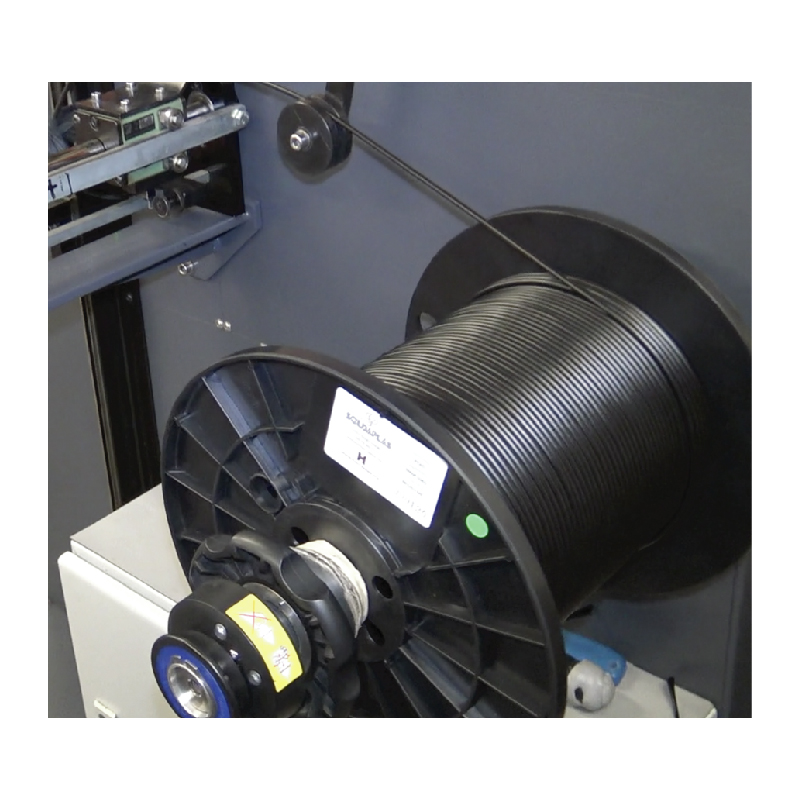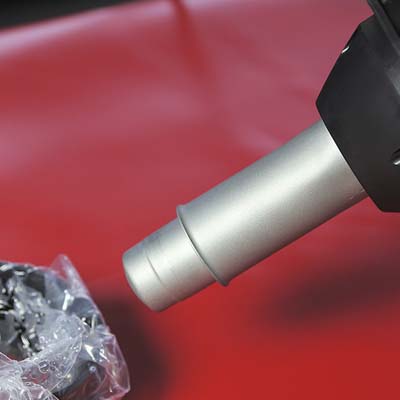1. Clean and Dry
The surfaces to be welded must be clean and dry.
It is recommended to use a special plastic cleaner before welding.
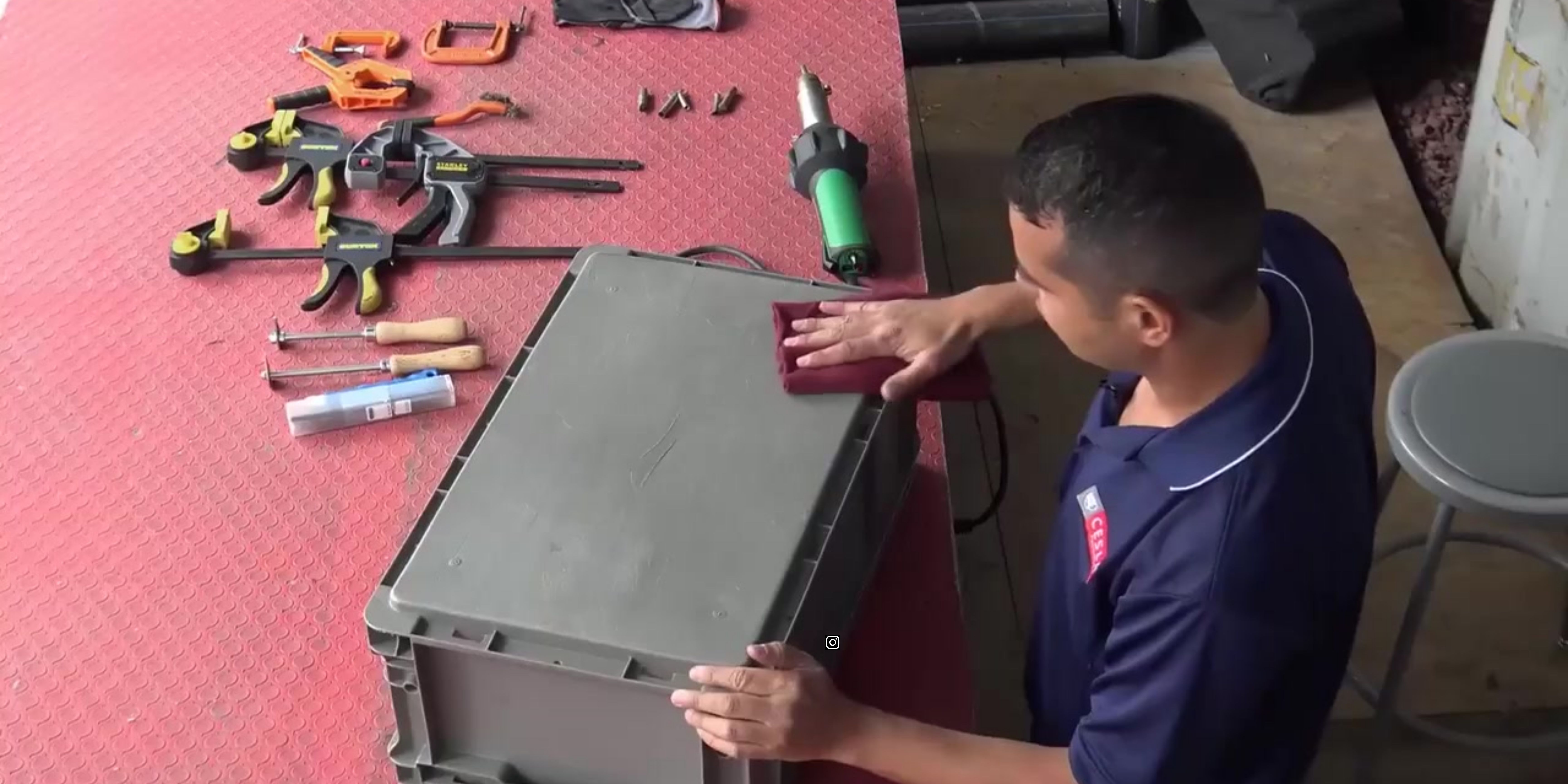
2. Select the Welding Material
It is important to use a welding material that is compatible with the materials being joined.
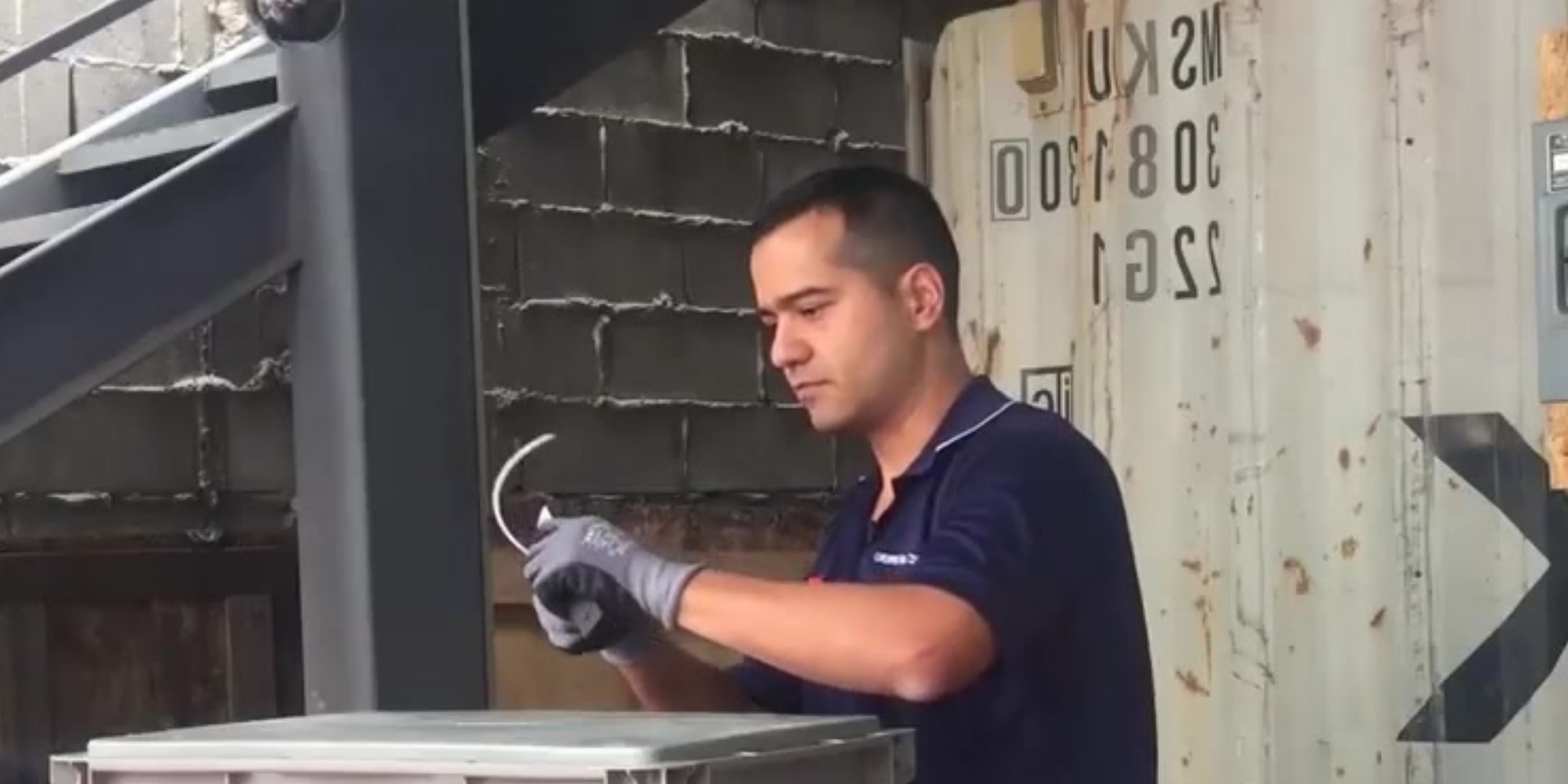
3. Select the Welding Tool
The welding tool must be suitable for the type of welding being performed and the type of plastic being welded. Common tools include hot air welders, ultrasonic welders, and extrusion welders.

4. Control the Temperature
The temperature of the welding tool must be carefully controlled to avoid overheating or underheating, which can cause deformations or weld failures.

5. Allocate Adequate Time to Achieve a Strong and Durable Weld
The welding time should be sufficient to achieve a strong and durable weld, but not too long to avoid overheating.
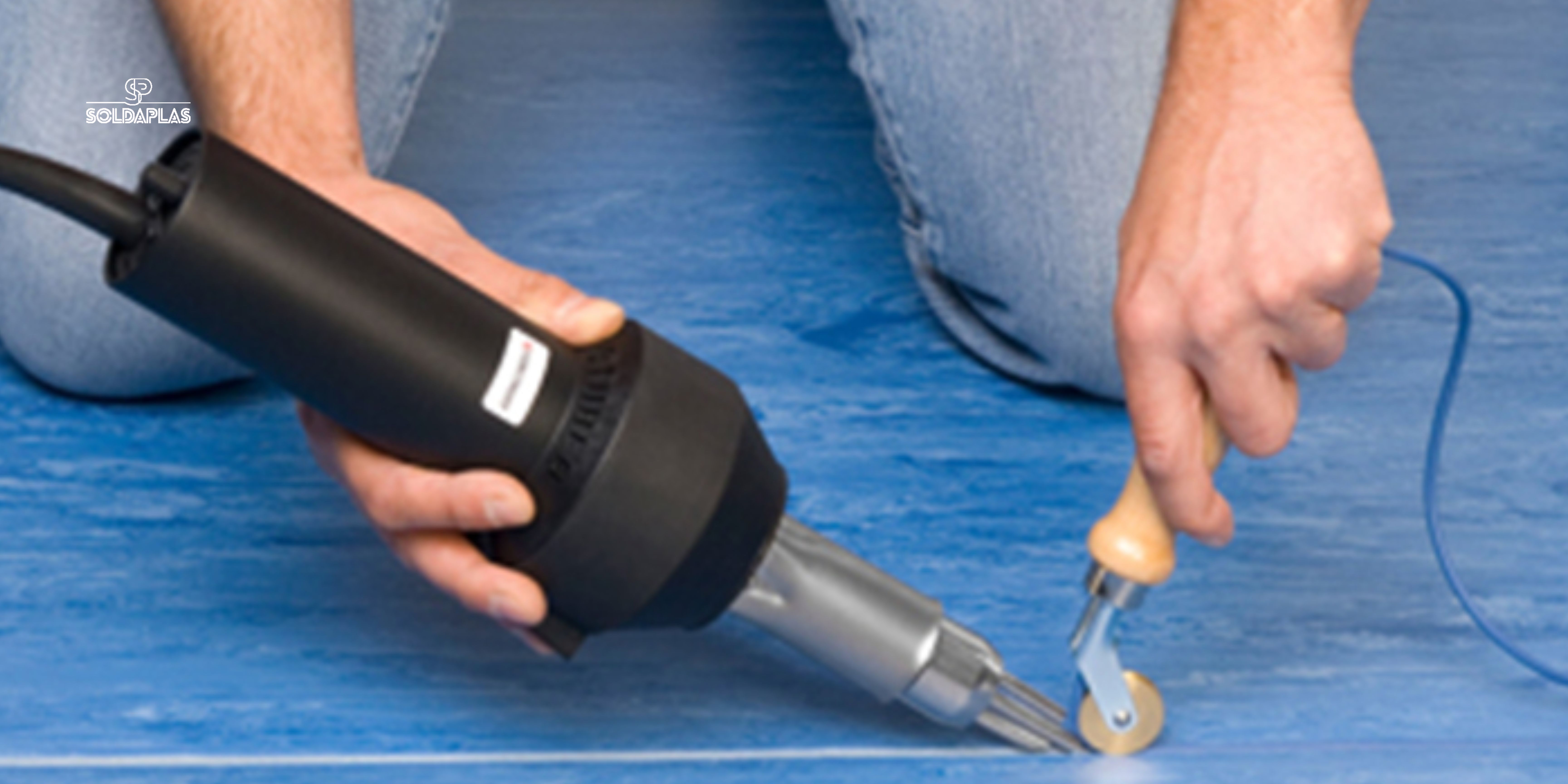
6. Choose the Appropriate Welding Technique for the Type of Joint to be Made
It is important to choose the appropriate technique; common techniques include filler welding, friction welding, and ultrasonic welding.

7. Inspect the Weld to Ensure Strength and Durability
After welding, it is important to inspect the weld to ensure it is strong and durable. Any burrs and surface imperfections should be removed from the weld.
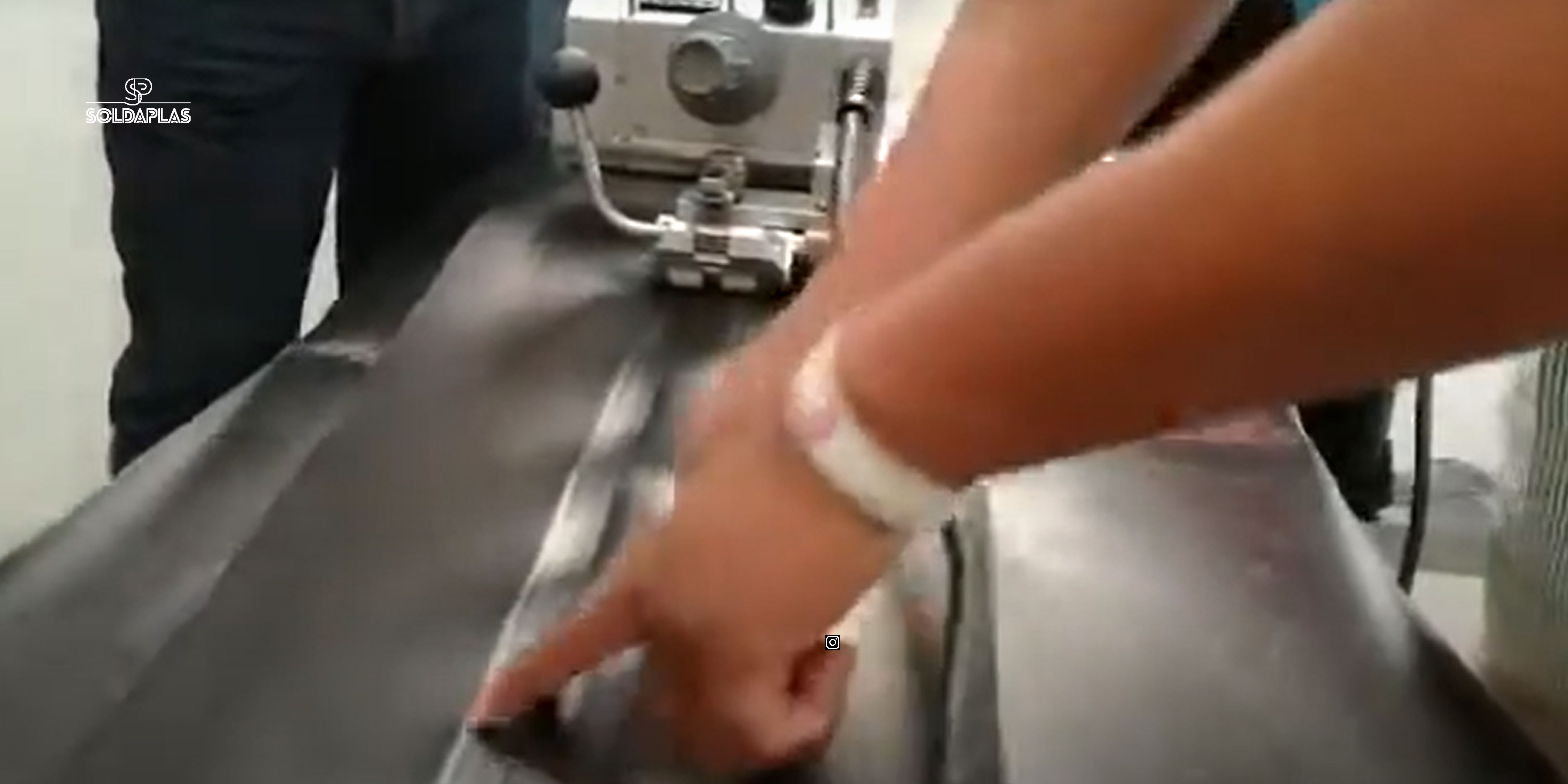
8. Conduct Quality Testing
To ensure the weld is strong and durable, quality testing can be performed, such as tensile tests and impact resistance tests.






